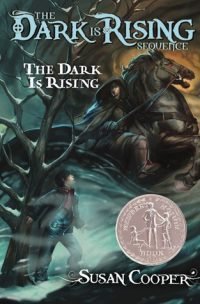Synopsis
Esperanza lives in the projects in Chicago. She knows she’s poor, but not as poor as many of her neighbors. She knows the streets can be dangerous, and she fears people of a different color. She sees the abuse endured by some of her friends. Someday, Esperanza’s talents will help her escape the poverty and the violence, but she will never forget. This is her mission: to advocate for those who cannot leave Mango Street.
Recommended for children older than ten.
Pros
- The book’s setting will resonate with any child who lives in the setting of inner city poverty.
- The story is simple. It’s pithy. It grabbed this reader so she could not turn away. The author succeeded in her message and challenges us to do good for others where it is in our power to do so.
Cons
- Cisneros writes in short vignettes, which I normally do not enjoy, but these are tied together so well, I didn’t mind.
- I’m not sure if this story works for a middle grade reader, at least, not for a protected middle grade white girl like I was. The real life scenario of the inner city reads more like urban fantasy to kids who don’t live in the culture.
Discussion questions
- How is your life at home the same or different from Esperanza’s?
- How is your neighborhood the same or different from Esperanza’s?
- Esperanza meets several different kinds of people in her neighborhood. Who was your favorite, and why?

Conclusion
Sandra Cisneros keeps Esperanza’s promise. While the story is not autobiographical, it does reflect the culture of her childhood. But I can’t help believe that the promise itself comes straight from the heart of Cisneros.











